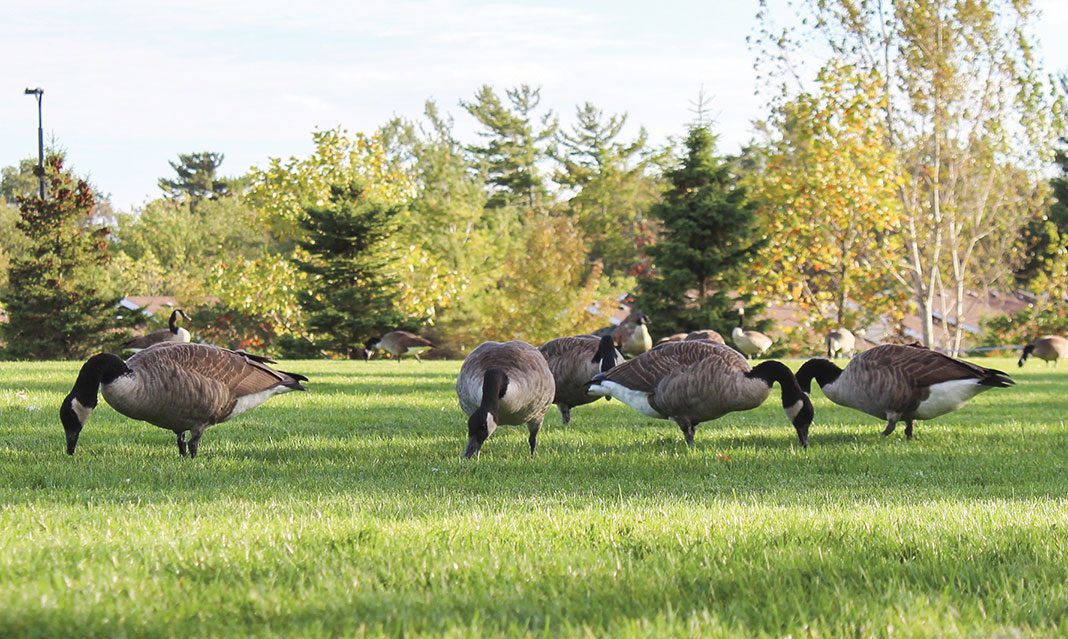Living in Canada, we take pride in our wildlife and nature. Home to over 7,000 native species, and a hotspot for a quarter of the world’s wetlands, Canada is known for its wildlife. Unfortunately, the Living Planet Report for Canada, released on Thursday, September 14th by World Wildlife Fund Canada, has stated that half of Canada’s wildlife is in decline.
According to the report, some of the species that already had diminishing populations saw an 83% drop in their population size.
While analysts believe that the most obvious candidates to blame for the decline would be climate change and human activity, professor Marc Cadotte, the associate chair in graduate studies in the Department of Biological Sciences at the University of Toronto Scarborough, offers an in-depth analysis for this bleak picture.
“Canada is well-known for our wildlife and nature, but I would say that’s only because we’re a big country with few people so there’s still many opportunities for nature and wildlife to exist,” says Cadotte.
Cadotte, who studies patterns of species diversity and their application to conservation issues, believes that because our demands on nature for agriculture and for resources are continuously growing, habitats for wildlife are being pushed into smaller areas. According to Cadotte, there are additional hidden contributors to the decline in population sizes and diversity in Canada, such as pathogens and diseases.
Even then, the picture of wildlife centuries ago painted a vast array of thriving mammals.
“If we came 20,000 years ago, we would see these giants mammals that no longer exist, like the woolly mammoth for example, sabre-toothed tigers, giant ground sloths, and dyer wolfs all across North America. But if we look back 1,000 years ago, we don’t have definite numbers, there were a wide range of animals all across Canada but they were pushed towards the northern side of provinces,” the professor says.
The species that are most affected by changes in their native habitats are usually bigger-bodied mammals.
“The bigger body of the animal, the larger it is, the more it is sensitive to human impact. So what really looks bleak is for many large-bodied animals, those animals that require a lot of space, a lot of food, and take a long time to birth and raise their young. [These] are the animals that we need to be most concerned about,” explains Cadotte.
The beloved Canadian moose, for example, has been largely impacted because of human influence, pathogens, and increase in diseases, along with habitat loss. Cadotte also believes that in some cases, this damage may be irreversible.
While the future looks bleak for many of our prized Canadian animals, Cadotte says that the situation is not unique specifically to Canada. Moreover, in the context of protection laws and conservation areas, the ecology and evolution researcher believes that conservation regulations miss the big picture, like climate change.
“There’s nothing unique about Canada, I think that we’re just behind on the curve in some ways, because we’re such a big country with more natural areas and relatively few people. So what has happened [in Canada] has happened elsewhere in the world before,” says Cadotte.
An example that he also offers is that of Europe. Population decline of animals in Europe have occurred hundreds of years ago in the past, and it is not big news there. Cadotte speculates that what we are seeing now in Canada is just a repetition of what has already occurred in other parts of the world.
According to Cadotte, replenishing and sustaining our wildlife is as easy as being aware of these issues. . Something as simple as buying the right products that are ethically-sourced and environment conscious, or even planting a non-invasive plant species in your garden, is a step towards positive change.



